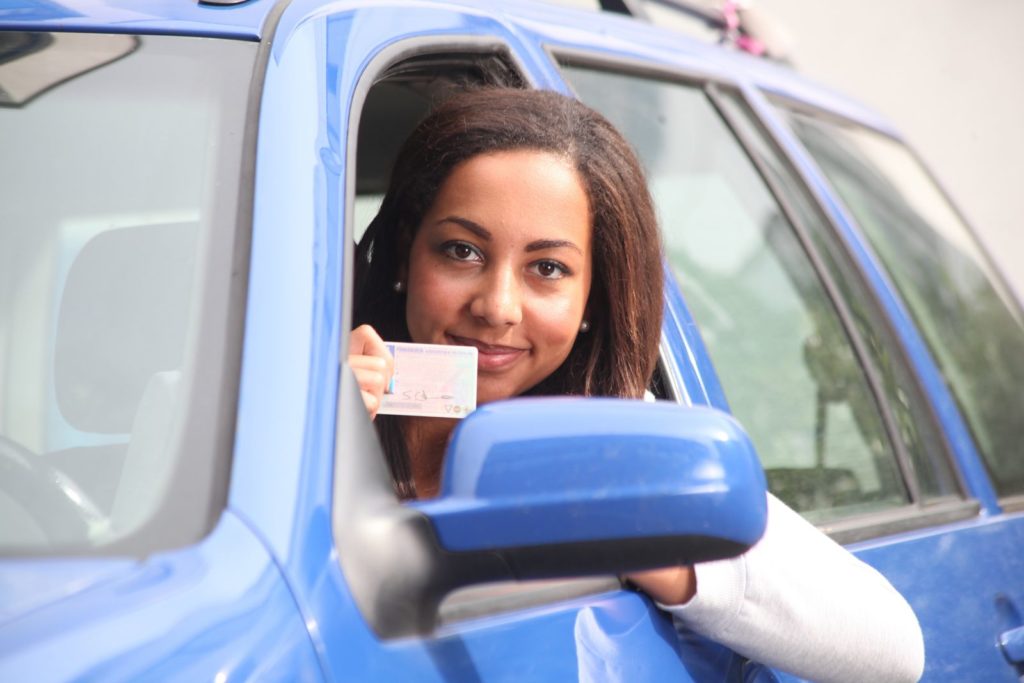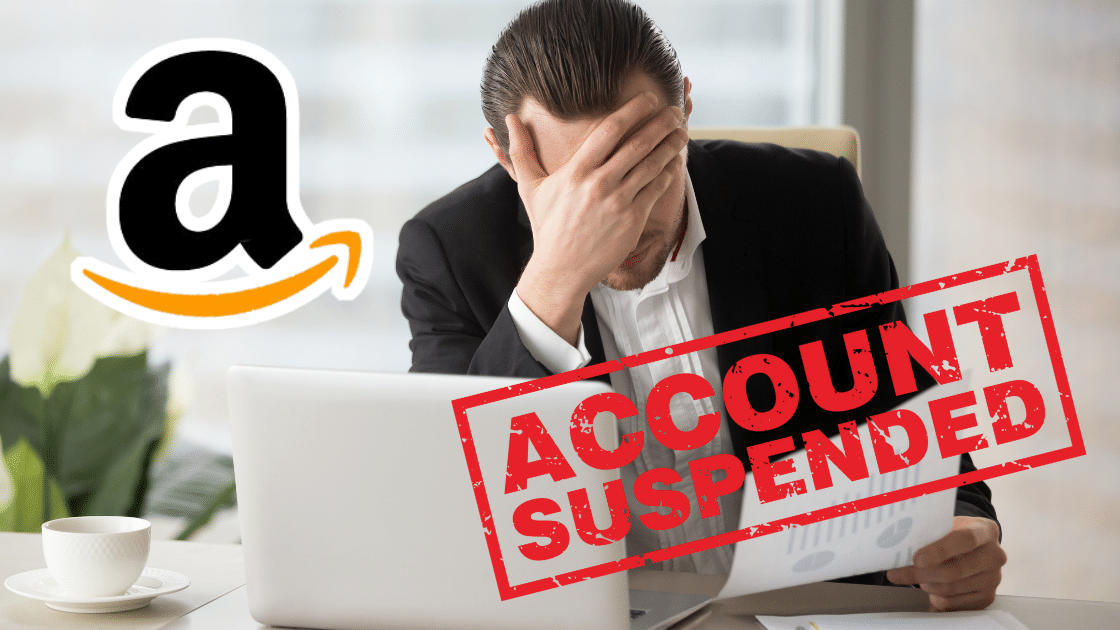Your D o insuring agreements images are ready. D o insuring agreements are a topic that is being searched for and liked by netizens now. You can Download the D o insuring agreements files here. Find and Download all free images.
If you’re looking for d o insuring agreements pictures information related to the d o insuring agreements interest, you have visit the right blog. Our site frequently gives you suggestions for viewing the maximum quality video and image content, please kindly surf and find more informative video content and graphics that match your interests.
D O Insuring Agreements. This insuring agreement is typically insuring agreement a in a d&o policy, and is therefore commonly called “side a” coverage. I continue the series here with the second post in the series. The traditional d&o insurance policies have three insuring agreements, denominated side a, side b, and side c. Insuring agreement, the insurer will reimburse the directors and officers directly for covered defence costs and settlement or judgment amounts.
 Builders Risk Insurance The "Other Insurance" Condition From irmi.com
Builders Risk Insurance The "Other Insurance" Condition From irmi.com
Insuring agreement, the insurer will reimburse the directors and officers directly for covered defence costs and settlement or judgment amounts. Trigger actions of directors & officers that are not indemnified pays on behalf of ds&os retention none corporate balance sheet protection for the entity side c: The first installment of this blog series on d&o insurance addressed several “nuts and bolts” features of d&o insurance, including the key insuring agreements and definitions. These insuring agreements specify the degree of coverage provided by a d&o policy and summarize the promise by the insurer to indemnify the policyholder from losses incurred from an insurable event. The side a coverage provides insurance when the insured organization is unable due to insolvency or legal prohibition to indemnify the company’s directors and officers (say, for example, in bankruptcy or in a shareholders’ derivative lawsuit judgment). The insurer comes into the scene when the organization needs to financially support the management in the defending course.
These insuring agreements specify the degree of coverage provided by a d&o policy and summarize the promise by the insurer to indemnify the policyholder from losses incurred from an insurable event.
Side a covers claims against directors and officers not indemnified by the corporation. Also called the ‘policy more acts as a balance sheet protection for the company. Trigger actions of directors & officers that are not indemnified pays on behalf of ds&os retention none corporate balance sheet protection for the entity side c: This insuring agreement is typically insuring agreement a in a d&o policy, and is therefore commonly called “side a” coverage. D&o insurance typically comprises three core, separate agreements, called side a, side b and side c. Side a, side b and side c— all of which share the same single policy limit:
 Source: landesblosch.com
Source: landesblosch.com
It aims to protect an organisation and its management from claims made against them in the performance of their duties. This basic policy clause contains the most critical terms, the definitions of which often determine whether or not a claim will be covered under the policy. The purpose of this article is to describe the value of d&o insurance by offering a description and claims example of each insuring agreement. A directors and officers (d&o) liability insurance policy is a very effective and essential liability cover necessary for all types of organisations. A standard d&o policy has three insuring agreements, often referred to as sides a, b and c.
 Source: slideshare.net
Source: slideshare.net
Insuring agreements are presented in broad terms and subsequently modified by exclusions, definitions, conditions and endorsements noted in a policy. A standard d&o policy has three insuring agreements, often referred to as sides a, b and c. If the insureds are forced to fund the The first installment of this blog series on d&o insurance addressed several “nuts and bolts” features of d&o insurance, including the key insuring agreements and definitions. This basic policy clause contains the most critical terms, the definitions of which often determine whether or not a claim will be covered under the policy.
 Source: dexform.com
Source: dexform.com
These insuring agreements specify the degree of coverage provided by a d&o policy and summarize the promise by the insurer to indemnify the policyholder from losses incurred from an insurable event. The d&o insuring agreement this example explains that the d&o policy covers three parts: This post discusses key exclusions, as well as common policyholder pitfalls, and new issues that are emerging in 2020. Trigger actions of directors & officers that are not indemnified pays on behalf of ds&os retention none corporate balance sheet protection for the entity side c: These insuring agreements specify the degree of coverage provided by a d&o policy and summarize the promise by the insurer to indemnify the policyholder from losses incurred from an insurable event.
 Source: irmi.com
Source: irmi.com
The insurer comes into the scene when the organization needs to financially support the management in the defending course. Side a a common example of when this insuring agreement would respond is when a company goes bankrupt. When the insurance industry discusses d&o insurance, the industry refers to the three insuring agreements in a classic d&o policy as “side a,” “side b,” and “side c.” side a, side b, side c • traditional abc policy strikes a balance between personal asset protection and corporate balance sheet protection Insuring agreements are presented in broad terms and subsequently modified by exclusions, definitions, conditions and endorsements noted in a policy. It aims to protect an organisation and its management from claims made against them in the performance of their duties.
 Source: formsbank.com
Source: formsbank.com
An example of a typical side a insuring agreement is as follows: Side a, side b and side c— all of which share the same single policy limit: The side a coverage provides insurance when the insured organization is unable due to insolvency or legal prohibition to indemnify the company’s directors and officers (say, for example, in bankruptcy or in a shareholders’ derivative lawsuit judgment). D&o insurance has evolved into three basic insuring agreements—side a, which directly insures directors and officers; Side a covers claims against directors and officers not indemnified by the corporation.
 Source: irmi.com
Source: irmi.com
These insuring agreements specify the degree of coverage provided by a d&o policy and summarize the promise by the insurer to indemnify the policyholder from losses incurred from an insurable. Side b, which reimburses the corporation for directors and officers losses that are indemnified by the corporation; A directors and officers (d&o) liability insurance policy is a very effective and essential liability cover necessary for all types of organisations. D&o insurance has evolved into three basic insuring agreements—side a, which directly insures directors and officers; These insuring agreements specify the degree of coverage provided by a d&o policy and summarize the promise by the insurer to indemnify the policyholder from losses incurred from an insurable event.
 Source: peabodyinc.com
Source: peabodyinc.com
Protects directors and officers when the company cannot indemnify them. A directors and officers (d&o) liability insurance policy is a very effective and essential liability cover necessary for all types of organisations. The first installment of this blog series on d&o insurance addressed several “nuts and bolts” features of d&o insurance, including the key insuring agreements and definitions. Also called the ‘policy more acts as a balance sheet protection for the company. The traditional d&o insurance policies have three insuring agreements, denominated side a, side b, and side c.
 Source: dexform.com
Source: dexform.com
A standard d&o policy has three insuring agreements, often referred to as sides a, b and c. This insuring agreement is typically insuring agreement a in a d&o policy, and is therefore commonly called “side a” coverage. These insuring agreements specify the degree of coverage provided by a d&o policy and summarize the promise by the insurer to indemnify the policyholder from losses incurred from an insurable event. The purpose of this article is to describe the value of d&o insurance by offering a description and claims example of each insuring agreement. Trigger actions of directors & officers that are not indemnified pays on behalf of ds&os retention none corporate balance sheet protection for the entity side c:
 Source: buzzgoat.com
Source: buzzgoat.com
I continue the series here with the second post in the series. Insuring agreements are presented in broad terms and subsequently modified by exclusions, definitions, conditions and endorsements noted in a policy. The purpose of this article is to describe the value of d&o insurance by offering a description and claims example of each insuring agreement. As personal risks for directors and officers grow, companies should consider purchasing dedicated side. A d&o insurance policy consists of multiple insuring agreements, typically known as side a, side b, and side c.
 Source: dandodiary.com
Source: dandodiary.com
A typical d&o insurance policy is divided into three insuring agreements—: A standard d&o policy has three insuring agreements, often referred to as sides a, b and c. Also called the ‘policy more acts as a balance sheet protection for the company. Side a covers claims against directors and officers not indemnified by the corporation. Side b, which reimburses the corporation for directors and officers losses that are indemnified by the corporation;
 Source: slideshare.net
Source: slideshare.net
The insurer comes into the scene when the organization needs to financially support the management in the defending course. A standard d&o policy has three insuring agreements, often referred to as sides a, b and c. The traditional d&o insurance policies have three insuring agreements, denominated side a, side b, and side c. The purpose of this article is to describe the value of d&o insurance by offering a description and claims example of each insuring agreement. The side a coverage provides insurance when the insured organization is unable due to insolvency or legal prohibition to indemnify the company’s directors and officers (say, for example, in bankruptcy or in a shareholders’ derivative lawsuit judgment).
 Source: sherashi.com
Source: sherashi.com
An example of a typical side a insuring agreement is as follows: A d&o insurance policy consists of multiple insuring agreements, typically known as side a, side b, and side c. Without such coverage in place, they may be exposed to significant. A typical d&o insurance policy is divided into three insuring agreements—: Side a covers claims against directors and officers not indemnified by the corporation.
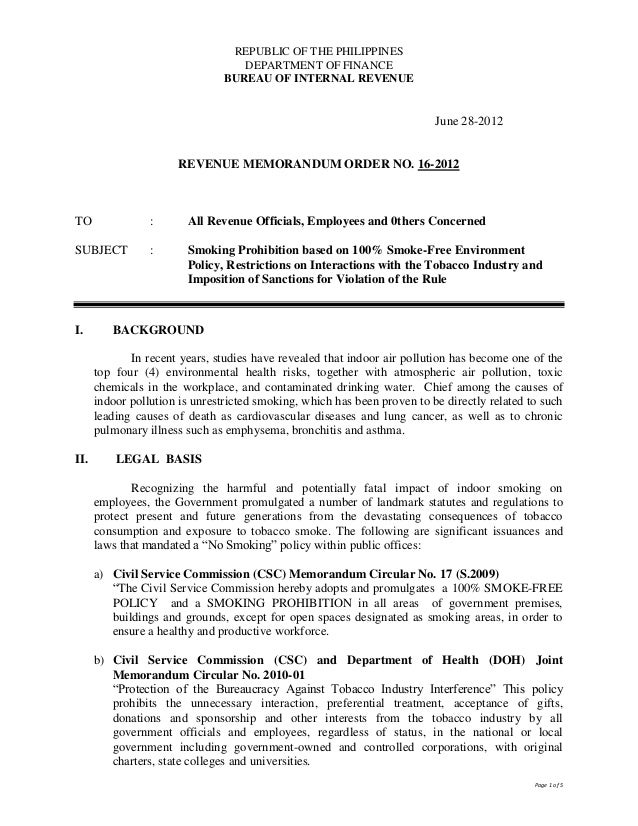 Source: slideshare.net
Source: slideshare.net
Side b, which reimburses the corporation for directors and officers losses that are indemnified by the corporation; Insuring agreement, the insurer will reimburse the directors and officers directly for covered defence costs and settlement or judgment amounts. As personal risks for directors and officers grow, companies should consider purchasing dedicated side. D&o insurance has evolved into three basic insuring agreements—side a, which directly insures directors and officers; These insuring agreements specify the degree of coverage provided by a d&o policy and summarize the promise by the insurer to indemnify the policyholder from losses incurred from an insurable event.
 Source: local372.org
Source: local372.org
These insuring agreements specify the degree of coverage provided by a d&o policy and summarize the promise by the insurer to indemnify the policyholder from losses incurred from an insurable event. The insurer comes into the scene when the organization needs to financially support the management in the defending course. The structure of a d&o insurance policy depends on which of three insuring agreements are purchased (abc policies are generally chosen, as these are standard form policies for publicly listed companies; The agreement in the d&o policy the legal document issued to the policyholder that outlines the conditions and terms of the insurance; The first installment of this blog series on d&o insurance addressed several “nuts and bolts” features of d&o insurance, including the key insuring agreements and definitions.
 Source: local372.org
Source: local372.org
The purpose of this article is to describe the value of d&o insurance by offering a description and claims example of each insuring agreement. D&o insurance has evolved into three basic insuring agreements—side a, which directly insures directors and officers; If your d&o policy contains such a provision, ask yourself about what value, if any, the pay on behalf of� language in the d&o insuring agreements have. Without such coverage in place, they may be exposed to significant. The purpose of this article is to describe the value of d&o insurance by offering a description and claims example of each insuring agreement.
 Source: slideshare.net
Source: slideshare.net
Without such coverage in place, they may be exposed to significant. A d&o insurance policy consists of multiple insuring agreements, typically known as side a, side b, and side c. Protects directors and officers when the company cannot indemnify them. These insuring agreements specify the degree of coverage provided by a d&o policy and summarize the promise by the insurer to indemnify the policyholder from losses incurred from an insurable event. Also called the ‘policy more acts as a balance sheet protection for the company.
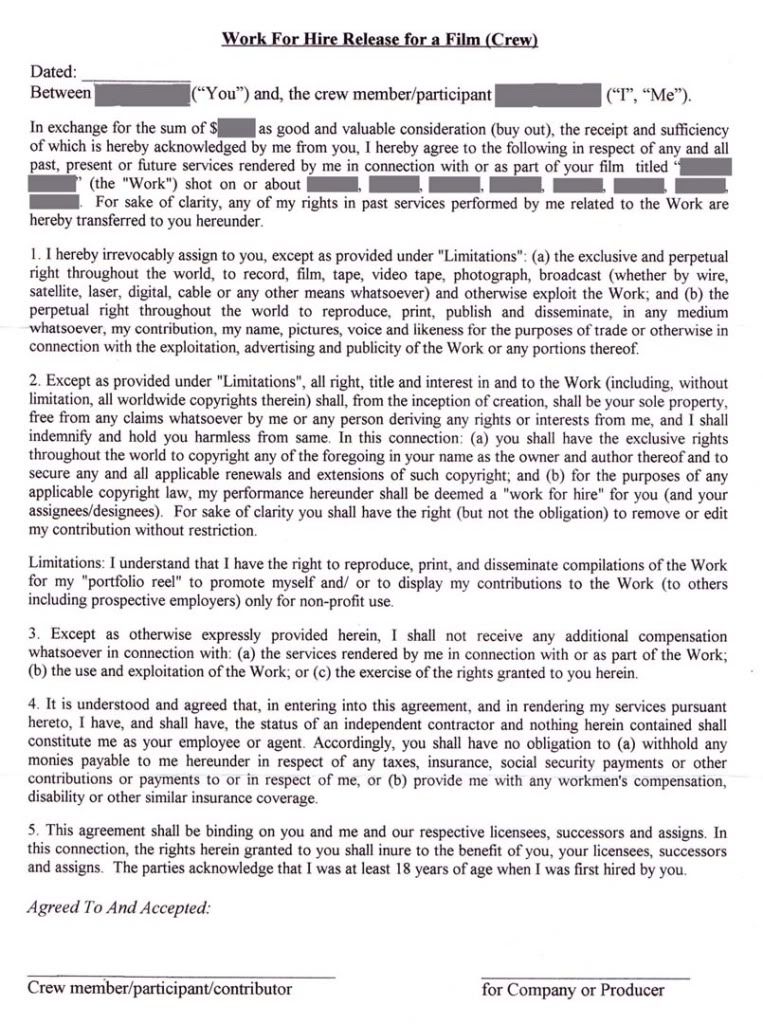 Source: indietalk.com
Source: indietalk.com
Without such coverage in place, they may be exposed to significant. When the insurance industry discusses d&o insurance, the industry refers to the three insuring agreements in a classic d&o policy as “side a,” “side b,” and “side c.” side a, side b, side c • traditional abc policy strikes a balance between personal asset protection and corporate balance sheet protection If your d&o policy contains such a provision, ask yourself about what value, if any, the pay on behalf of� language in the d&o insuring agreements have. A standard d&o policy has three insuring agreements, often referred to as sides a, b and c. The traditional d&o insurance policies have three insuring agreements, denominated side a, side b, and side c.
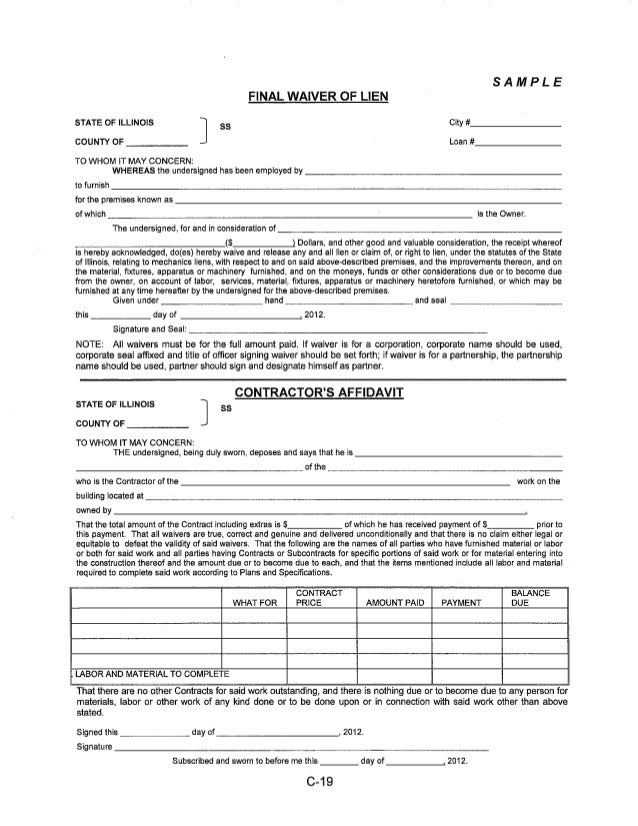 Source: slideshare.net
Source: slideshare.net
A directors and officers (d&o) liability insurance policy is a very effective and essential liability cover necessary for all types of organisations. A typical d&o insurance policy is divided into three insuring agreements—: Without such coverage in place, they may be exposed to significant. Insuring agreements are presented in broad terms and subsequently modified by exclusions, definitions, conditions and endorsements noted in a policy. The first installment of this blog series on d&o insurance addressed several “nuts and bolts” features of d&o insurance, including the key insuring agreements and definitions.
This site is an open community for users to do submittion their favorite wallpapers on the internet, all images or pictures in this website are for personal wallpaper use only, it is stricly prohibited to use this wallpaper for commercial purposes, if you are the author and find this image is shared without your permission, please kindly raise a DMCA report to Us.
If you find this site good, please support us by sharing this posts to your own social media accounts like Facebook, Instagram and so on or you can also bookmark this blog page with the title d o insuring agreements by using Ctrl + D for devices a laptop with a Windows operating system or Command + D for laptops with an Apple operating system. If you use a smartphone, you can also use the drawer menu of the browser you are using. Whether it’s a Windows, Mac, iOS or Android operating system, you will still be able to bookmark this website.


